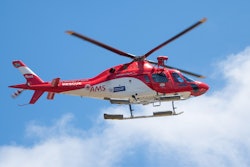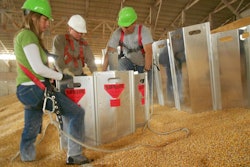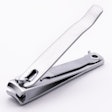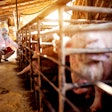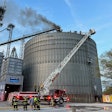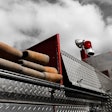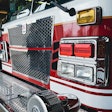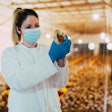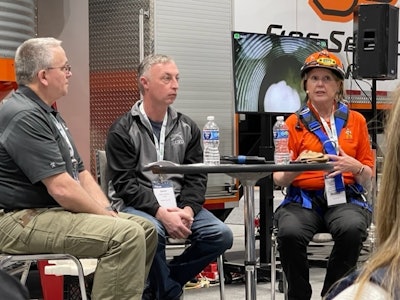
An annual favorite atGEAPS Exchangeis theGrain Entrapment Rescue demo.
This year, before the demo, a panel convened to discuss the important question: Are you prepared for a grain entrapment scenario?
Dr. Carol Jones, with CL Jones Consulting and OSU Fire Service Training, was joined byButch Hendrix, safety directory withKokomo Grain Co.andJason Maddux, Battalion Chief-Rescue Division with the Kansas City, Missouri, Fire Department.
Every facility should have an emergency action plan in place in case a ‘worst case scenario’ happens to them. Here are two important points to consider.
1. Get to know your local fire and rescue departments
Maddux said the number one recommendation he has is to get to know your local fire and rescue.
"Building those relationships is vital before an emergency hits," says Maddux.
He says inviting fire and rescue departments out to visit your facility is imperative.
"Everybody involved needs to see what each side of the equation is going to be during an incident," he says. "Your local fire and rescue people should look at your facility to work our any kind of hiccups so they can have the best response."
Hendrix adds that one visit per year is required by OSHA standards, but you should have them visit two to three times per year.
"Discuss grain dust and other hazards that are particular to your business," he says. "Some department members might not be familiar with what you do and they don't train on this every day.Talk about grain data, talk about your elevator, talk about the hazards that are involved Make them familiar."
2. Create your crisis team
Typically, team members should consist of company leadership, such as the CEO; environment, health and safety staff; legal members and lawyers; your information security (IT team); insurance representatives; human resources; and your communications team.
"Everyone will have a job when a crisis occurs," says Dr. Jones. "From taking care of the family of the entrapped individual to lining up mutual aid to dealing with the press, you'll need a team member to cover it."
There should also be an individual who is the designated point person to interact with the fire and rescue team.
"These people should be appointed and know their jobs before an emergency happens," says Dr. Jones.
Grain demo gives important safety reminders
模型使用志愿者和粮仓a semi-trailer, Jones covered the equipment needed for a rescue, the steps needed to ensure a safe rescue and tips for communicating with the victim.
Key equipment and product include air monitors for detecting CO2 and oxygen levels inside the bin, sturdy grates to enable rescuers to walk on the grain’s surface, a cofferdam and a steel pipe.
“Use the pipe to probe around the victim because people don’t fall into the grain straight,” Jones said. “The probe will help you locate the victims limbs.”
Once the limbs are located, a cofferdam can safely be placed around the victim. There are a variety of options available on the market today. Jones noted any fire department or grain elevator can also use a sheet of plywood and zip ties to fashion a simple cofferdam.
The demonstration concluded with removing the grain from the cofferdam until you can see the victim’s feet and raising the victim from the bin with a harness system.
“If grain is up the victim’s knees, they will still need help out of the cofferdam to some degree, so we remove grain until you can see their feet,” Jones says.






